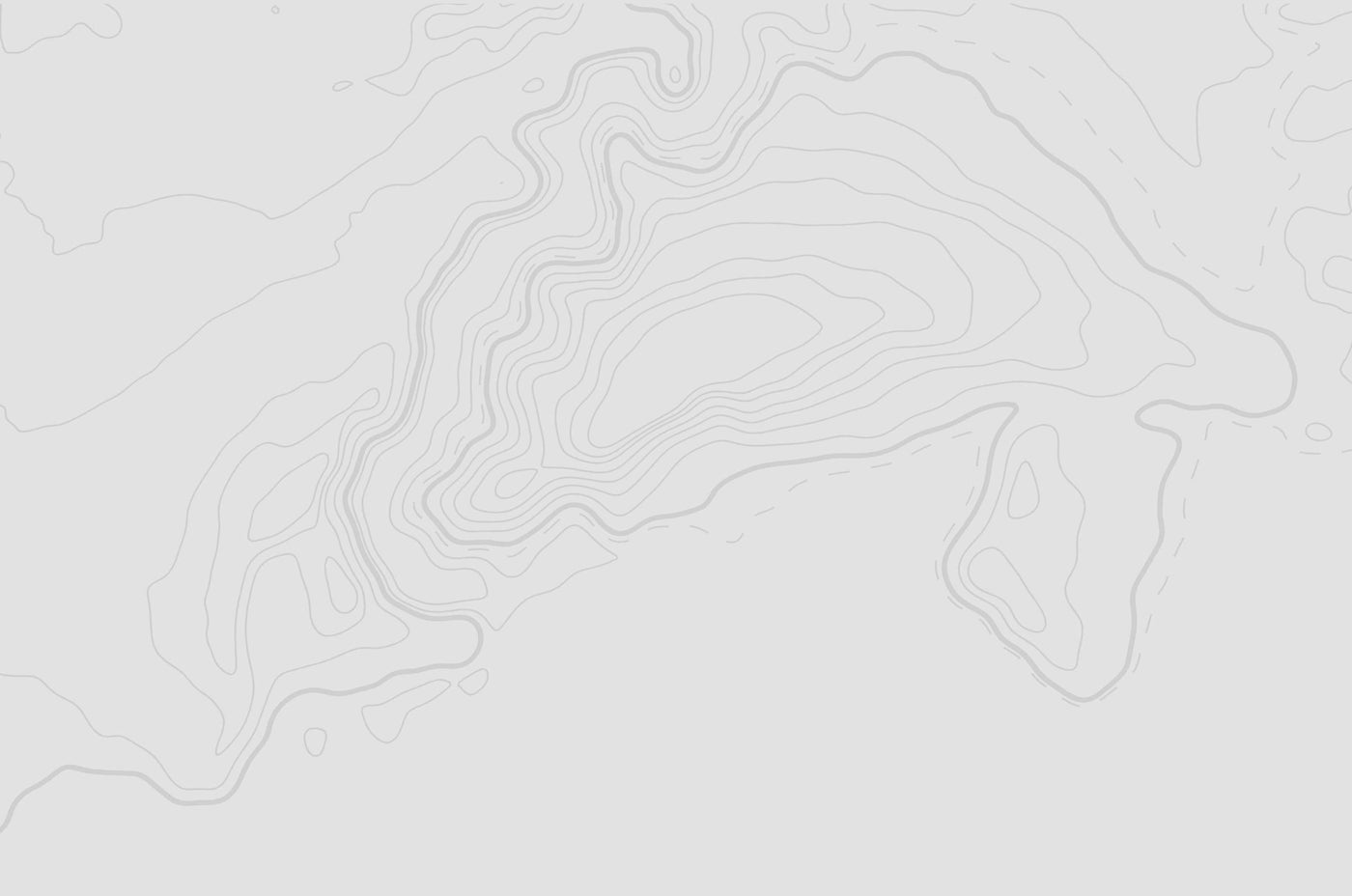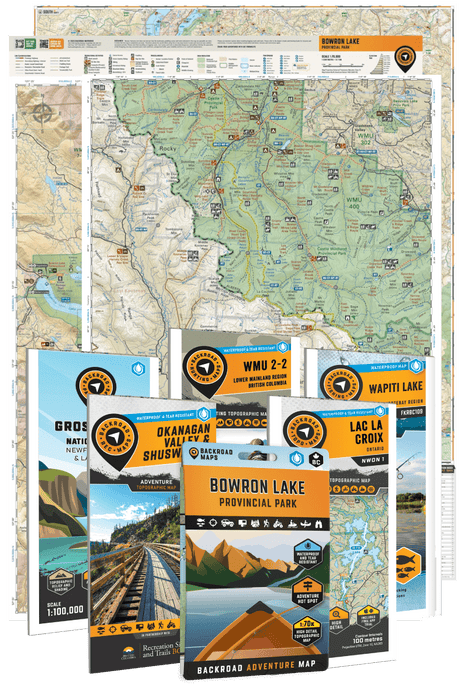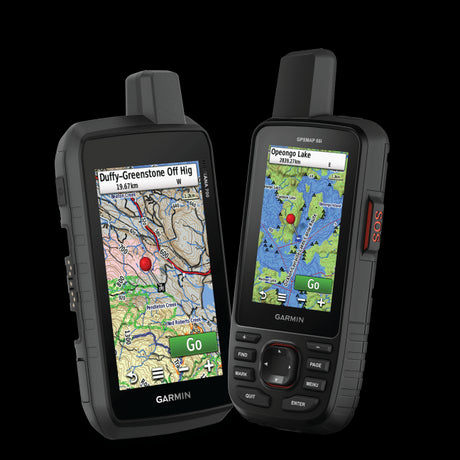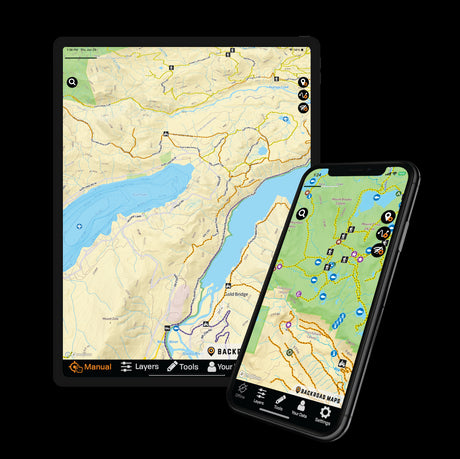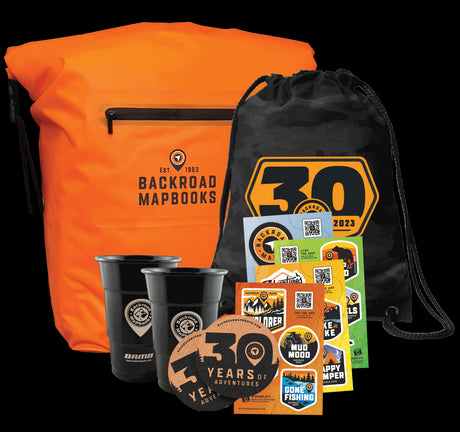Northern British Columbia is a vast and rugged part of the province. Two main highways make their way through this landscape. Separating at Prince George, Highway 16 heads west to Prince Rupert, meeting Highway 37, which winds its way up the western interior while Highway 97 travels the eastern interior, visiting Dawson Creek, Fort St. John and Fort Nelson on route to meeting Highway 37 at Watson Lake, Yukon. These two highways offer the chance to create a loop tour, with plenty of opportunities to jump off the pavement and explore this wild and untamed landscape on rugged, rarely travelled roads.

Both the Trans-Canada Highway (Highway 16) and Highway 97 offer access to Northern British Columbia from the south and both converge at Prince George. The tourism office has taken the slogan “Basecamp to the North” and it is aptly fitting. No matter which way you head from town, adventure awaits.
To the east of town on Highway 16, the Ancient Forest/Chun T’oh Whudujut Park holds some of the only inland temperate rainforest left in the world. Stroll along a boardwalk among 1,000-year-old trees, 60 metres (195 feet) tall and 16 metres (55 feet) in circumference!
Heading north on Highway 97, plan a detour at McLeod Lake and head 32 kilometres down Carp Lake Road to visit War Falls. From the trailhead, it's an easy 15-minute walk to the falls with options to visit both the Upper and Lower Falls.

At Chetwynd, the Forestry Capital of BC, another detour (or two) awaits. Travellers will want to head south and visit Tumbler Ridge. The community is home to the 2nd Global Geopark in all of North America. Dinosaur bones and fossils, waterfalls including Kinuseo, Bergeron, Quality, Nesbitt’s Knees, Tepee, Barbour and Babcock Falls, all spectacular and all easily accessible! Add to this some amazing geological formations, explored along the Shipyard-Titanic and Boulder Gardens Trail, a week may not even be long enough to check it all out!
Detour two follows Highway 29 north from Chetwynd to Hudson’s Hope. The eastern shores of the massive Williston Lake can be found here and those looking to get off the pavement and do some wild camping can start here. Head west on Canyon Drive to Utah Road and then follow either Johnson Creek or Johnson Getting Forest roads to backcountry sites at Carbon or Wright Lake.
From Hudson’s Hope, Highway 29 meets Highway 97 at Fort St. John. Those not taking this detour can continue east to Dawson Creek, the start of the Alaska Highway. Fort St. John offers ATV riders and snowmobilers countless kilometres of dirt riding in all directions from town on trails and cutlines.
Numerous small communities sit along the Alaska Highway as it makes its way almost 400 kilometres to Fort Nelson, the gateway to the Northern Rockies. Those adventurers looking for even more remote landscapes can follow Highway 77 north through rugged terrain towards and into the Northwest Territories.

Continuing on the Loop Tour, Highway 97 leads past Summit Lake, the highest point on the Alaska Highway at 1,300 metres (4,250 feet), before entering Muncho Lake Provincial Park. There are three campgrounds here and it's worth a stop for a night or two. Wildlife viewing abounds and numerous hiking trails climb up the rocky landscape to waterfalls and panoramic views.

Continuing north leads to Liard River Hot Springs Provincial Park. The campgrounds tend to fill early with the Alpha Pool at the hot springs open to the public. Temperatures range from 42°C to 52°C. Watch for moose in the warm water swamp along the boardwalk leading to the hot spring pools.

After a relaxing night at Liard Hot Springs, the Loop Tour continues northwest to Watson Lake in Yukon. Watch for wood bison along the Alaska Highway. Before picking up Highway 37 and heading south back into British Columbia, plan to visit Sign Post Forest, home to over 85,000 signs!
Known as the Stewart-Cassiar Highway, Highway 37 heads south to Dease Lake. Here, a backroad highlight, the Telegraph Road can be accessed. The road travels 150 kilometres (93 miles) along Telegraph Creek to the First Nations community of Telegraph Creek, the most remote village in British Columbia accessible by road. The route features switchbacks and hills with a 20% gradient in places and the compacted dirt and gravel gets slippery when wet, so slow and steady wins the day in rainy weather. That said, many consider this trip the highlight of their northern adventure.

Communities are few and far between as explorers head south on Highway 37 but at Meziadan Junction, turn the steering wheel to the right and head down to Stewart. The townsite sits in the Cambria Ice Fields and BC’s coastal mountains, at the head of the Portland Canal. There are no less than 20 glacier formations and a number of waterfalls on route to the community so take your time driving. Here you’ll spot grizzly and black bears, moose and mountain goats with bald eagles soaring overhead. Hiking trails climb to waterfalls and scenic viewpoints. Be sure you have your passport because the highlight of visiting Stewart is crossing into Hyder, Alaska and exploring the 32-kilometre winding, narrow gravel road to the base of the Salmon Glacier.

Heading south, at Kitanga, the Highway splits, and once again, steering right leads through the community of Terrace where you will find some more hot springs at Lakelse. From there, continuing south leads to Kitimat and west to Prince Rupert in Chatham Sound. Some excellent hiking trails, more waterfalls (there are never enough!), the Khutzeymateen Grizzly Sanctuary and salmon and halibut fishing in the saltwater, Prince Rupert is worth the side trip required.
Picking up Highway 16 again in Kitanga, the Loop Tour makes its way through Smithers, home to Babine Mountain Provincial Park, Houston, where hikes up China Nose and Nadina Mountain offer the chance to spot black bears and mountain goats, Burns Lake, with backcountry routes leading south to the Nechako Reservoir and Cheslatta Falls, and Vanderhoof, to visit Greer Creek Falls, all on route back to Prince George.

We’d be remiss if we didn’t discuss all the other backcountry adventures spread over the large terrain of northern British Columbia. The many lakes that dot the landscape offer a large variety of fishing options; brook, cutthroat, lake and rainbow trout, Dolly Varden, northern pike, kokanee and mountain whitefish. Streams contain spawning salmon and steelhead plus bull and rainbow trout or arctic char. Ocean fishing is a third option for anglers with Prince Rupert, Kitimat and Haida Gwaii the most popular hotspots. Hunters will find moose, thinhorn mountain sheep, elk, bear and white-tailed and mule deer with the many mining and logging roads providing access deep into the backcountry.

Northern British Columbia offers paddlers plenty as well. Flatwater lakes and backcountry canoe routes, ocean kayaking, with Haida Gwaii a fantastic destination, for all skill levels and challenging whitewater, up to Class V-VI, should keep all adventurers happy.
The winter brings plenty of snow and that’s quite clear by the number of ski resorts; Bear Mountain, Murray Ridge, Powder King, Shames Mountain and Tabor Mountain Ski Resorts, all offering exceptional downhill skiing. Groomed and ungroomed cross-country ski trails, backcountry routes, snowshoeing, fat bike riding and ice climbing round out the options for winter adventure.
Northern British Columbia offers no shortage of adventure. Regardless of your favourite outdoor activity, the Northern BC Backroad Mapbook, the Backroad GPS Maps and/or the BRMB Maps App & Web Map have you covered. Pick up your copy and start planning a Northern BC getaway today!

